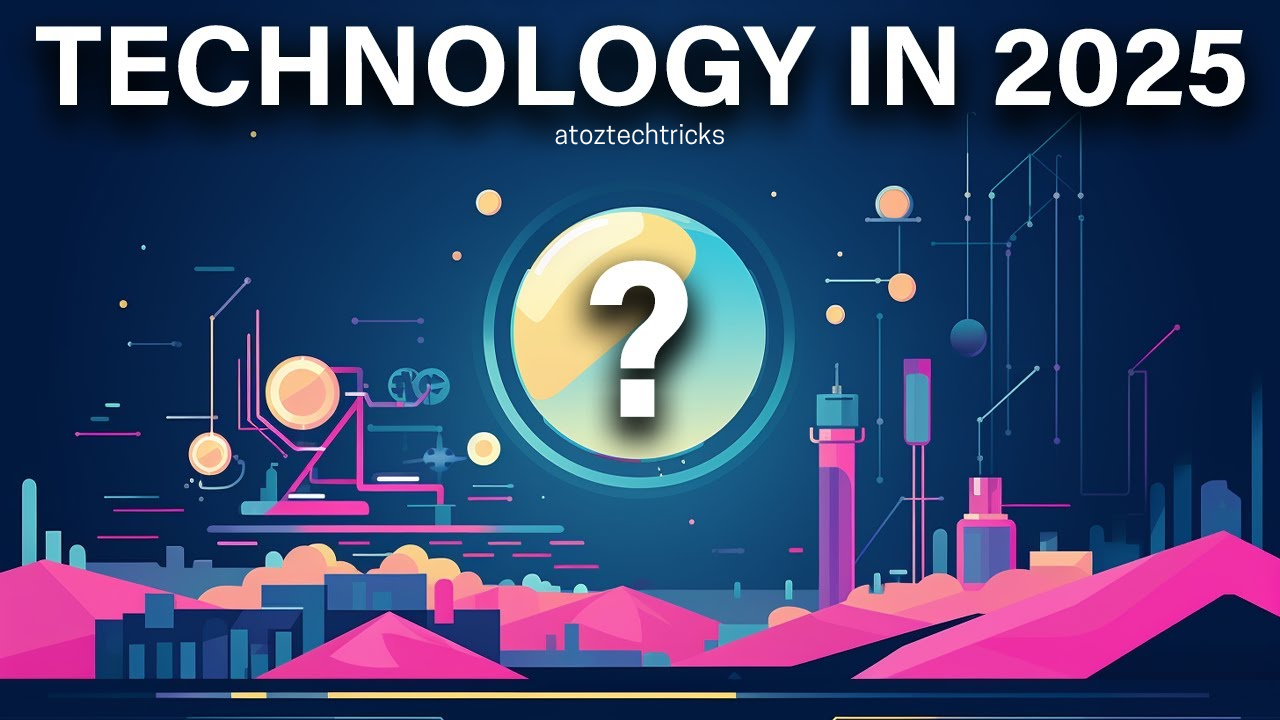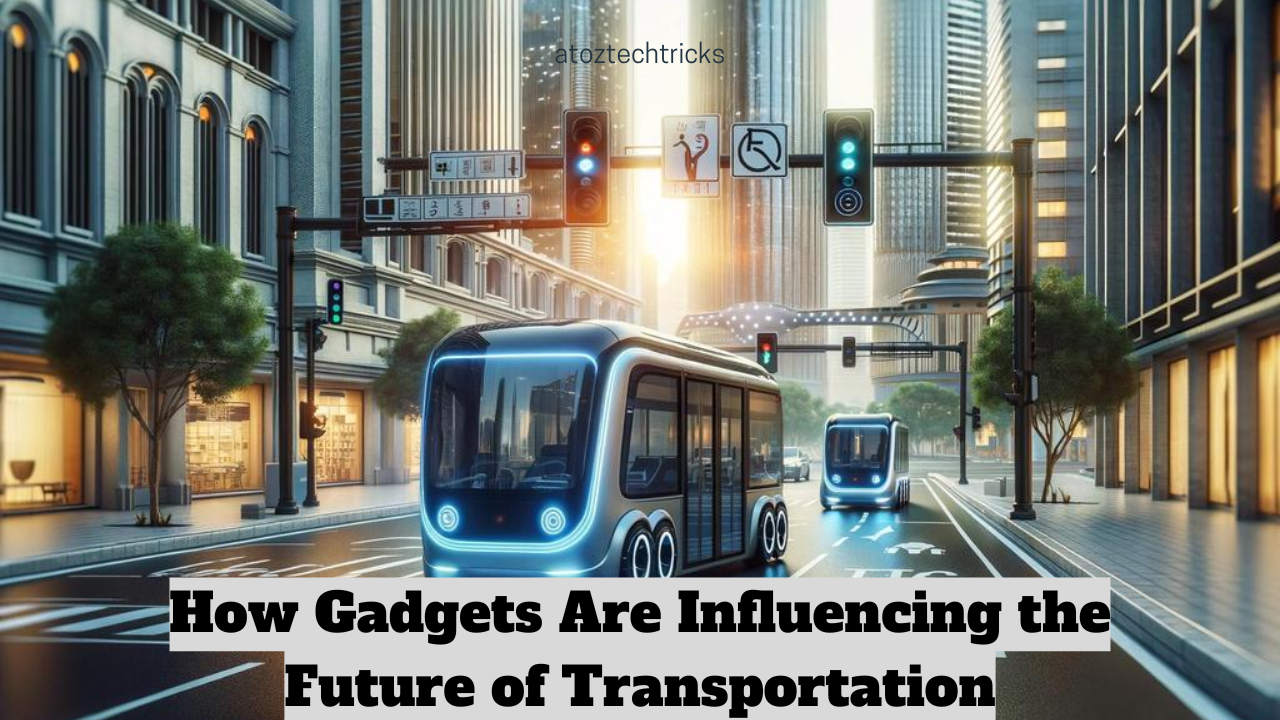In the rapidly evolving world of technology, emerging technologies are continuously reshaping the landscape of gadget design. From enhancing functionality to revolutionizing user experience, these innovations drive the development of smarter, more efficient, and aesthetically pleasing gadgets. This article delves into the profound impact of emerging technologies on gadget design, examining key advancements and their implications for the future.
1. The Rise of Artificial Intelligence (AI)
Artificial Intelligence (AI) is arguably one of the most transformative technologies influencing gadget design today. AI’s capabilities to learn, adapt, and make decisions are being harnessed to create devices that offer unprecedented levels of personalization and efficiency.
Personalization and Smart Assistance: AI-powered gadgets, such as smart speakers and virtual assistants, have become integral parts of many households. These devices use machine learning algorithms to understand user preferences, predict needs, and provide tailored responses. For instance, smart home systems powered by AI can learn a user’s daily routines and adjust settings like lighting, heating, and security to enhance comfort and energy efficiency.
Enhanced User Interfaces: AI is also revolutionizing user interfaces (UIs) through natural language processing (NLP) and computer vision. Gadgets equipped with NLP can understand and process human language, allowing users to interact with devices using voice commands. Computer vision enables gadgets to recognize and respond to visual inputs, such as facial recognition in smartphones or gesture control in smart TVs.

2. The Evolution of the Internet of Things (IoT)
The Internet of Things (IoT) refers to the network of interconnected devices that communicate and exchange data with each other. IoT technology is significantly impacting gadget design by creating a more cohesive and integrated tech ecosystem.
Seamless Connectivity: IoT-enabled gadgets are designed to work together seamlessly, allowing for improved automation and efficiency. For example, a smart refrigerator can communicate with a smart oven to suggest recipes based on available ingredients. Similarly, wearable devices can sync with health monitoring systems to provide real-time updates on fitness and wellness.
Enhanced Data Utilization: IoT devices generate vast amounts of data, which can be leveraged to optimize performance and user experience. For instance, smart thermostats collect data on user preferences and environmental conditions to automatically adjust settings for optimal comfort and energy savings.
3. Advances in Augmented Reality (AR) and Virtual Reality (VR)
Augmented Reality (AR) and Virtual Reality (VR) are technologies that create immersive and interactive experiences by overlaying digital content onto the physical world or creating entirely virtual environments. These technologies are reshaping gadget design by introducing new ways to interact with and experience digital content.
Immersive Interfaces: AR and VR are transforming the design of gadgets by introducing new forms of interaction. AR glasses, such as Microsoft HoloLens, enable users to view and interact with digital information overlaid in the real world. VR headsets, like the Oculus Rift, provide fully immersive experiences for gaming, training, and entertainment. These devices require innovative design solutions to balance functionality, comfort, and aesthetics.
Enhanced Visualization and Training: AR and VR technologies are also being used to enhance visualization and training capabilities. For example, AR can assist in complex assembly tasks by overlaying step-by-step instructions onto physical objects. VR simulations are used in various fields, including medicine and aviation, to provide realistic training experiences without real-world consequences.
4. The Impact of 5G Technology
5G technology represents the fifth generation of mobile network standards, promising faster speeds, lower latency, and greater connectivity compared to previous generations. The advent of 5G is influencing gadget design in several significant ways.
Faster Data Transfer: 5G technology enables rapid data transfer, which enhances the performance of data-intensive applications and services. Gadgets designed with 5G capabilities, such as smartphones and tablets, can support high-definition streaming, real-time gaming, and advanced cloud computing without latency issues.
Improved Connectivity for IoT Devices: The increased bandwidth and reduced latency of 5G networks benefit IoT devices by allowing them to communicate more effectively and efficiently. This improved connectivity supports the growth of smart cities and connected ecosystems, where gadgets can exchange data in real time to optimize various services, from traffic management to energy consumption.

5. The Role of Wearable Technology
Wearable technology encompasses a range of devices that are worn on the body, such as smartwatches, fitness trackers, and augmented reality glasses. Emerging technologies are significantly impacting the design and functionality of wearable gadgets.
Health Monitoring and Wellness: Wearable devices equipped with advanced sensors can monitor various health metrics, such as heart rate, sleep patterns, and physical activity. Innovations in sensor technology and data analytics enable more accurate and comprehensive health tracking. For example, smartwatches can now detect irregular heartbeats and provide real-time alerts, potentially saving lives.
Fashion and Functionality: Wearable technology is increasingly integrating fashion with functionality. Designers are creating stylish and comfortable wearables that blend seamlessly with everyday attire. For instance, smartwatches and fitness trackers are now available in a variety of designs and materials, allowing users to express their style while benefiting from advanced features.
6. The Influence of Sustainable Design
Sustainability is becoming a crucial factor in gadget design as consumers and manufacturers increasingly prioritize environmental impact. Emerging technologies are playing a key role in promoting sustainable practices in gadget design.
Energy Efficiency: Advances in battery technology and energy management systems are improving the energy efficiency of gadgets. For example, new battery technologies, such as solid-state batteries, offer higher energy densities and longer lifespans, reducing the need for frequent replacements and minimizing electronic waste.
Recycled and Eco-Friendly Materials: Manufacturers are exploring the use of recycled and eco-friendly materials in gadget design to reduce environmental impact. Biodegradable plastics, recycled metals, and sustainable materials are being incorporated into the design of gadgets, from smartphone cases to laptop housings. Additionally, some companies are implementing take-back programs to recycle old devices and reduce e-waste.
7. The Future of Gadget Design
As emerging technologies continue to advance, the future of gadget design promises to be even more innovative and transformative. Key trends to watch for include:
Integration of AI and Automation: Future gadgets will likely integrate AI and automation to provide even more personalized and intuitive user experiences. Smart devices will become more adept at anticipating user needs, automating routine tasks, and adapting to changing preferences.
Expansion of AR and VR Applications: AR and VR technologies will continue to expand into new areas, such as education, healthcare, and remote work. Gadgets designed for these applications will offer enhanced immersion, interactivity, and practical utility.
Advancements in Connectivity: The evolution of connectivity technologies, such as 6G, will further enhance the performance and capabilities of gadgets. Future gadgets will benefit from even faster data transfer speeds, lower latency, and improved connectivity.
Focus on Sustainability: Sustainability will remain a central focus in gadget design, with ongoing efforts to develop eco-friendly materials, energy-efficient technologies, and circular economy practices.
Emerging technologies are fundamentally transforming gadget design, driving innovation, and enhancing user experiences. From the integration of AI and IoT to the advancements in AR, VR, and 5G, these technologies are reshaping how gadgets function and interact with users. As technology continues to evolve, we can expect even more exciting developments in gadget design, with a focus on personalization, connectivity, and sustainability. The future of gadgets will be characterized by smarter, more efficient, and environmentally conscious devices that seamlessly integrate into our lives.



